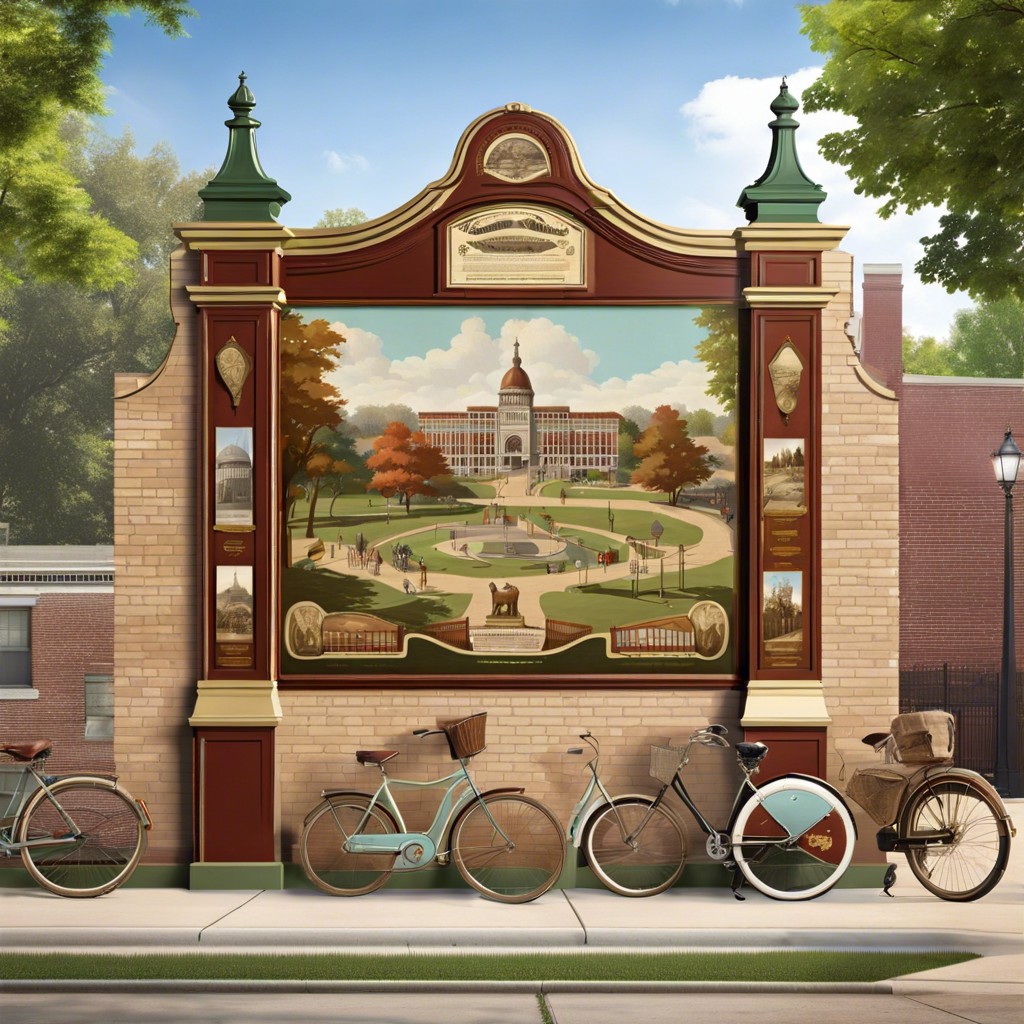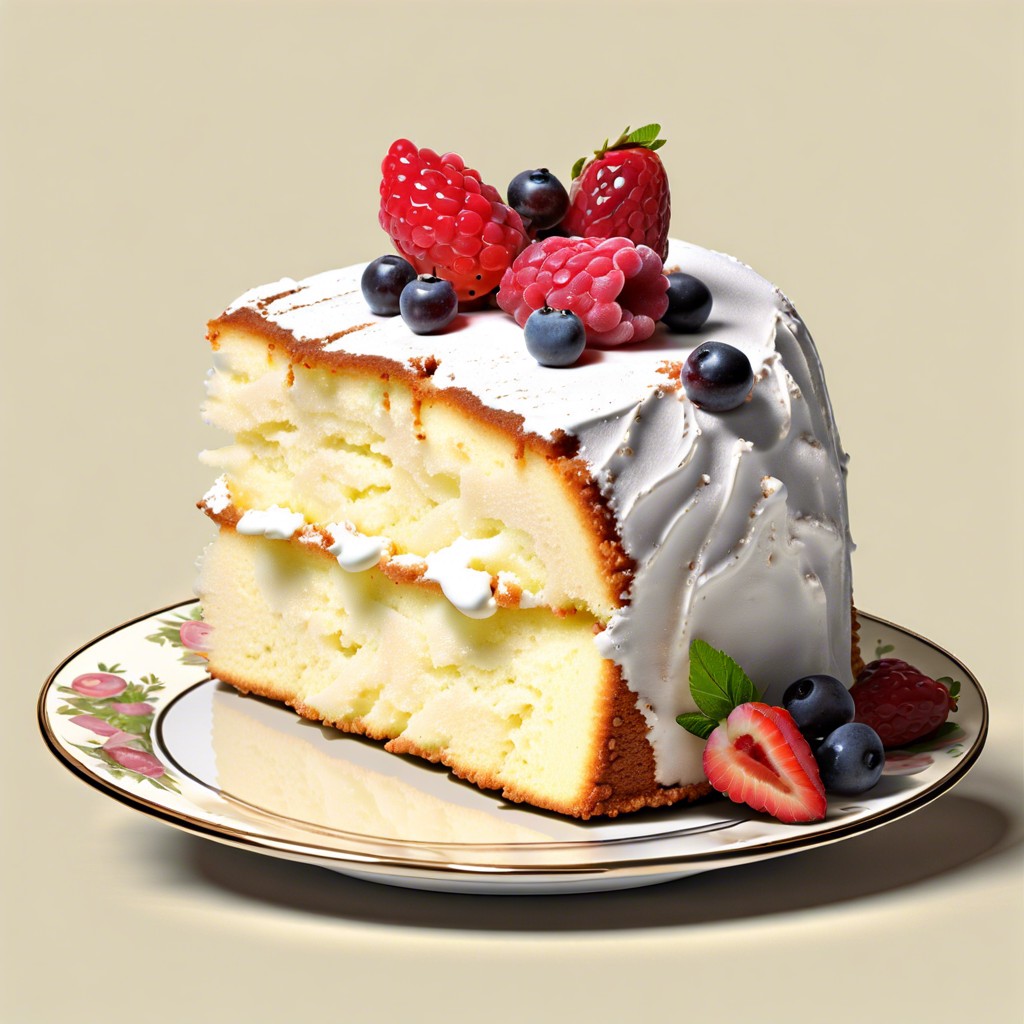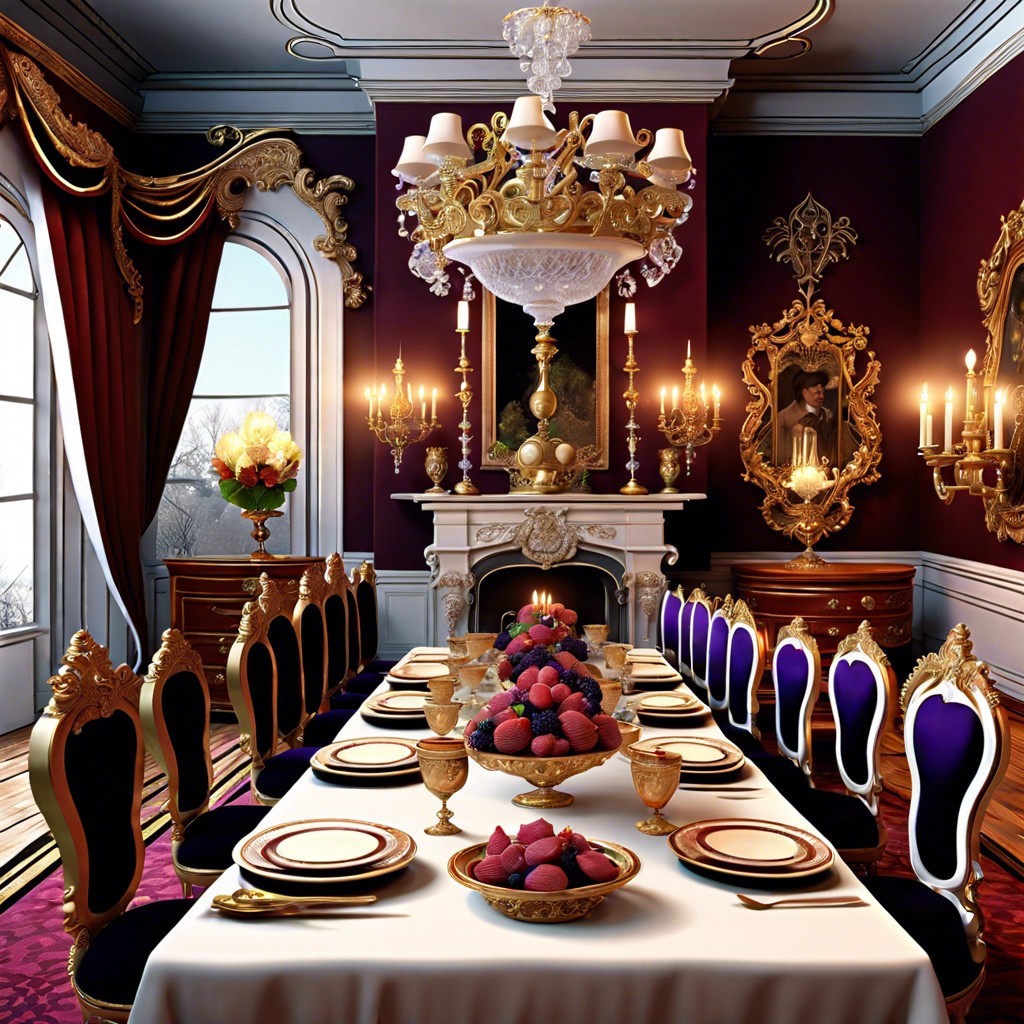Last updated on
Discover the charm and value of vintage postcards and learn how to identify their historical significance.
Key takeaways:
- Vintage postcards offer a glimpse into the past and reflect historical periods.
- Identifying the age of a vintage postcard involves examining the design, card stock, printing technique, and stamp box.
- The value of a vintage postcard is influenced by its age, rarity, condition, subject matter, and sentimental value.
- Collectible vintage postcards can be categorized into genres such as holiday greetings, travel and scenic, historical events, novelty, artistic, and advertising.
- When building a vintage postcard collection, it’s important to identify your interests, set a budget, network with experts, consider storage and display options, and appreciate the stories behind the cards.
History of Vintage Postcards
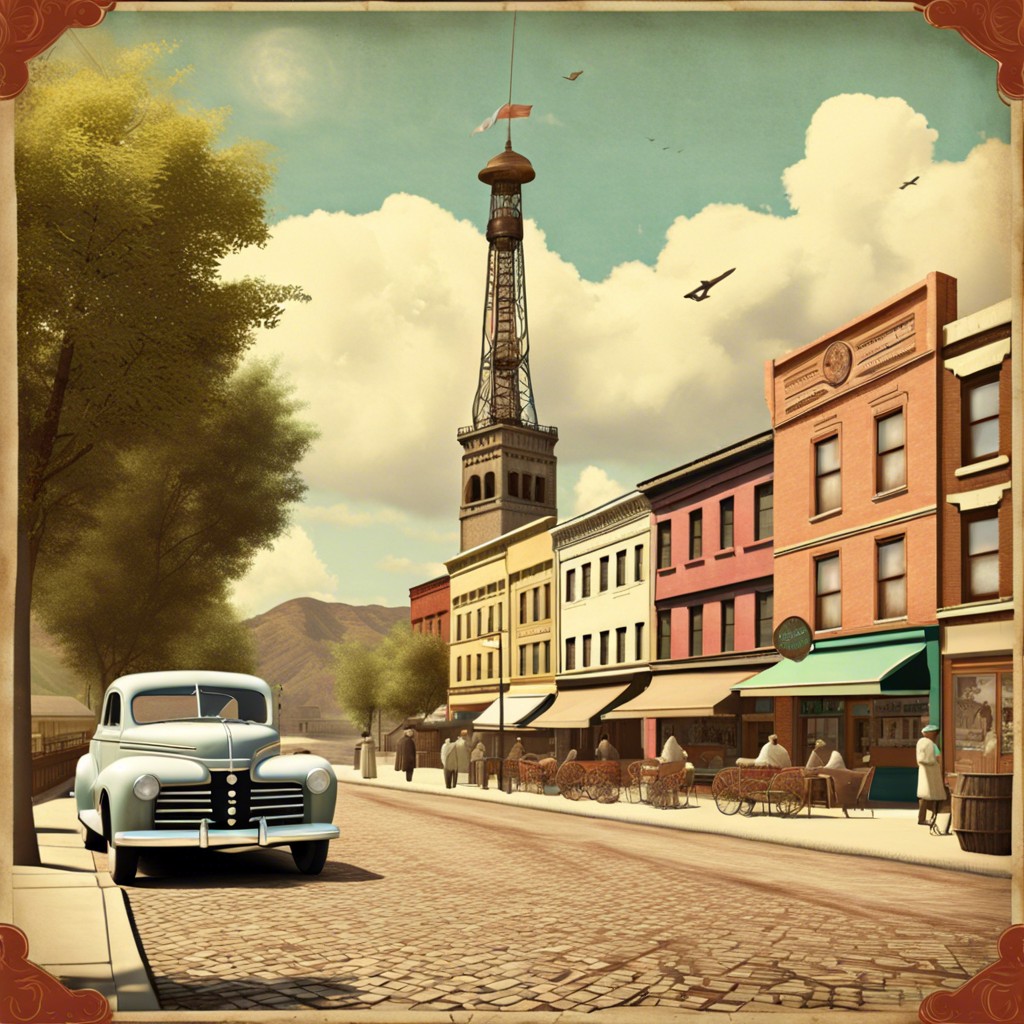
Postcards first appeared on the scene in the late 19th century, with the earliest known picture postcard sent in 1840. Initially, they were a practical way to send quick, short messages before the widespread use of telephones. Correspondence via postcard became a cultural phenomenon, sparking a golden age from 1898 to World War I, known as the “Deltiology” period, a term for postcard collecting.
Governments were the sole producers of these cards until 1898 when private publishers were granted permission to print and sell them. By the early 20th century, postcards featured a variety of themes, from exposition announcements to holiday greetings. The ‘divided back’ era began in 1907, allowing one side for the address and the other for a personal message, fueling the postcard’s popularity as a means to share experiences and sentiments.
The evolution of postcard design reflects technological advancements and changing tastes. The linen postcard era, running from the 1930s to the 1950s, saw cards printed on high rag content paper with a linen-like texture, while the chrome postcard era, starting in the 1930s, introduced vibrant color scenes thanks to the new color photochrome printing methods.
Postcards were not just a means of communication but also a mirror to historical periods, giving us insights into past social customs, landmark architecture, and cherished landscapes. They stitch together the fabric of societal evolution, one small, rectangular card at a time.
Identification and Dating of Vintage Postcards
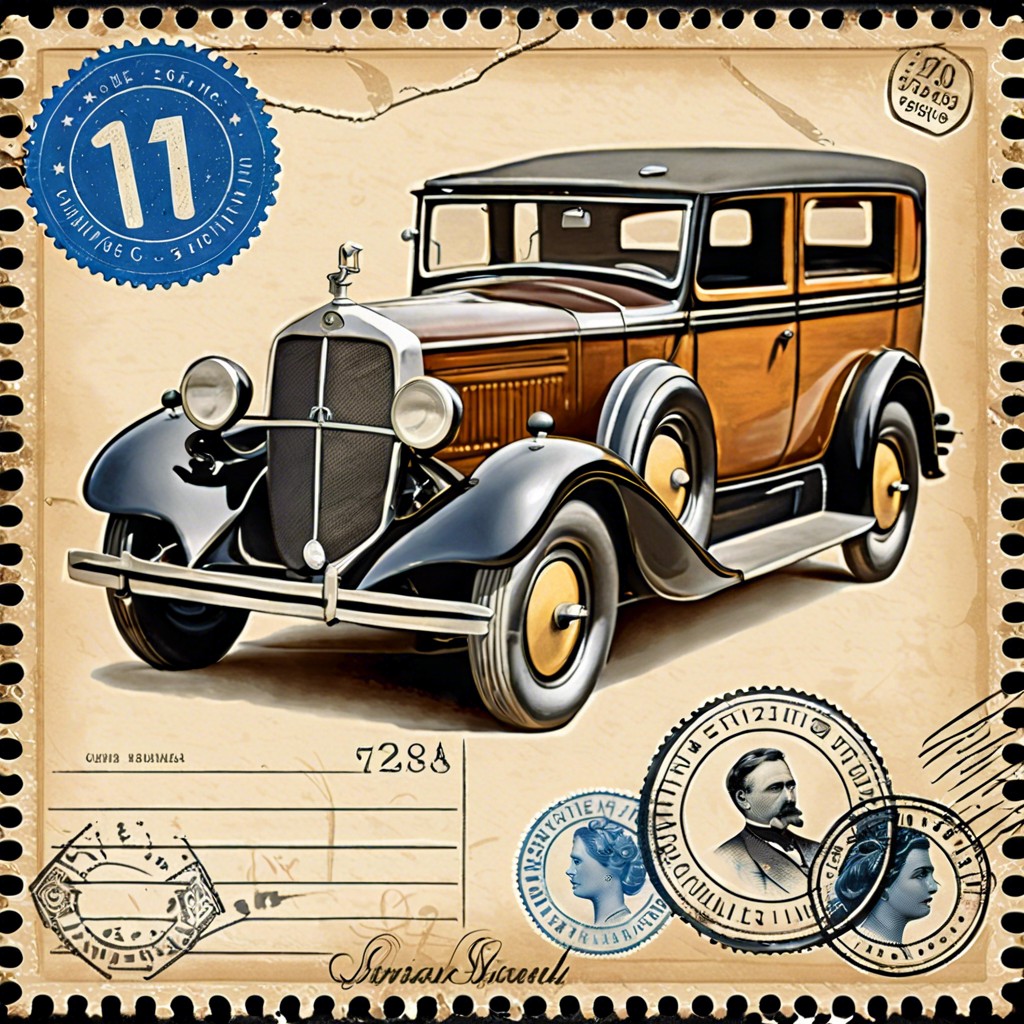
Determining the age of a vintage postcard can be akin to piecing together a historical puzzle. The design and layout of a postcard give clues to its time frame. For instance, a ‘divided back’, allowing space for both message and address, indicates it was printed after 1907. Prior to this, only the address was permitted on the reverse side, while the message was confined to the front.
The quality of the card stock, the printing technique, and any wear and tear are also revealing. Heavier card stock and finer print generally suggest an earlier era, where craftsmanship held sway. A postcard’s stamp box can often be a goldmine for dating; specific publishers used distinctive designs that varied over the years.
Another tip is to inspect the image itself. Real photo postcards have a continuous tone, unlike their mass-produced counterparts that display a dot pattern under magnification. These photographic types emerged in the early 20th century, offering a snapshot of the period’s authenticity.
Identification also thrives on context. Graphics and artwork portraying historical events, popular icons of a bygone era, or obsolete transportation provide a timestamp. If a postcard showcases an exposition or event, a quick search for the specific occasion can narrow down the date range effectively.
Finally, consider tapping into online databases and collector forums. Pooling knowledge with other enthusiasts fast-tracks the learning curve and offers a community’s worth of expertise in fine-tuning your identification skills.
Values of Vintage Postcards

A postcard’s age, rarity, and condition often reflect its monetary worth. Cards from the Golden Age of postcards (1898-1915) generally fetch higher prices. Rarity comes into play with limited prints or cards from defunct publishers. However, a postcard in pristine condition without creases, tears, or fading can take the value a notch higher than those with wear and tear.
The subject matter showcased on the postcard contributes to its value too. High demand subjects include historical events, iconic landmarks before alterations, extinct animals, or famous personas in candid moments. This is coupled with the allure of unique artwork or photography, which can send collectors’ hearts racing.
Sentimental value is harder to gauge but can significantly increase a postcard’s ‘personal’ value. A postcard inscribed with a heartfelt message or signed by a notable figure transforms it from a simple piece of ephemera to a treasured keepsake.
Remember, market trends can be fickle. What’s hot today can cool off tomorrow. Local postcards may hold more value within their communities due to their personal connection to the place and its history. On the flip side, postcards with broad appeal can command higher prices on the global stage, captivating enthusiasts beyond borders.
Lastly, savvy collectors know that even common postcards, when part of a well-curated collection, build a narrative that can elevate the entire set’s value beyond the sum of its parts.
Categories of Collectible Vintage Postcards
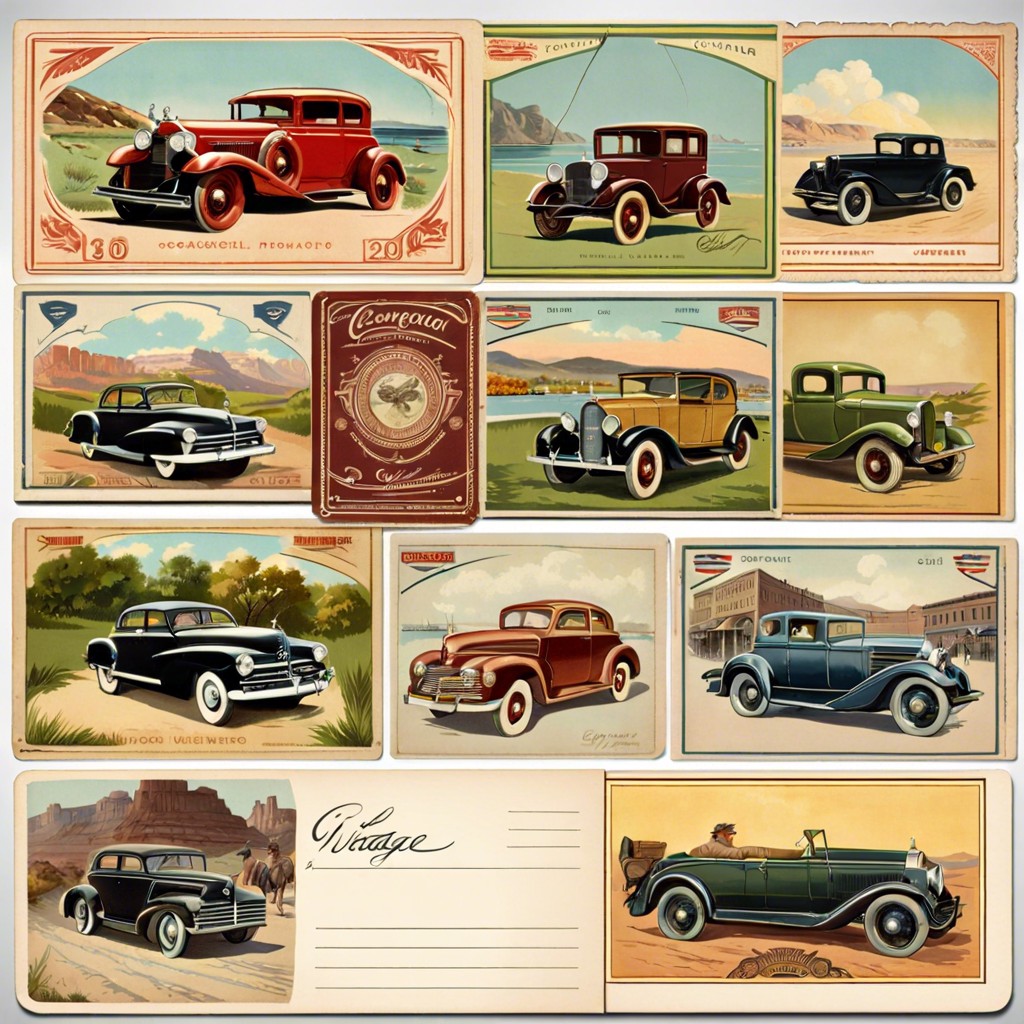
Collectors often classify vintage postcards into several distinct genres. Holiday greetings capture the festive cheer of yesteryears, with Christmas and Halloween cards being particularly sought after for their charming illustrations. Travel and scenic postcards offer a window into long-gone landscapes and cityscapes, a favorite for those who enjoy geographic history.
Historical events are preserved on postcards as well, providing snapshots of moments that shaped history. These can garner high interest for their educational and emotional value. Real photo postcards, known as RPPCs, hold a special place in collectors’ albums; these were actual photographs developed onto card stock and provide authentic glimpses into everyday life of the past.
Novelty postcards incorporate inventive features such as elaborate cut-outs or materials like leather, adding tactile appeal to the visual. Artistic postcards are another segment, displaying works from famous artists to lesser-known folk art.
Lastly, advertising postcards serve as a record of vintage brands and marketing practices, and are treasured for their unique graphic designs. Each category resonates differently with collectors, offering diverse pathways to assemble a personal and meaningful compilation of the past.
Building a Vintage Postcard Collection
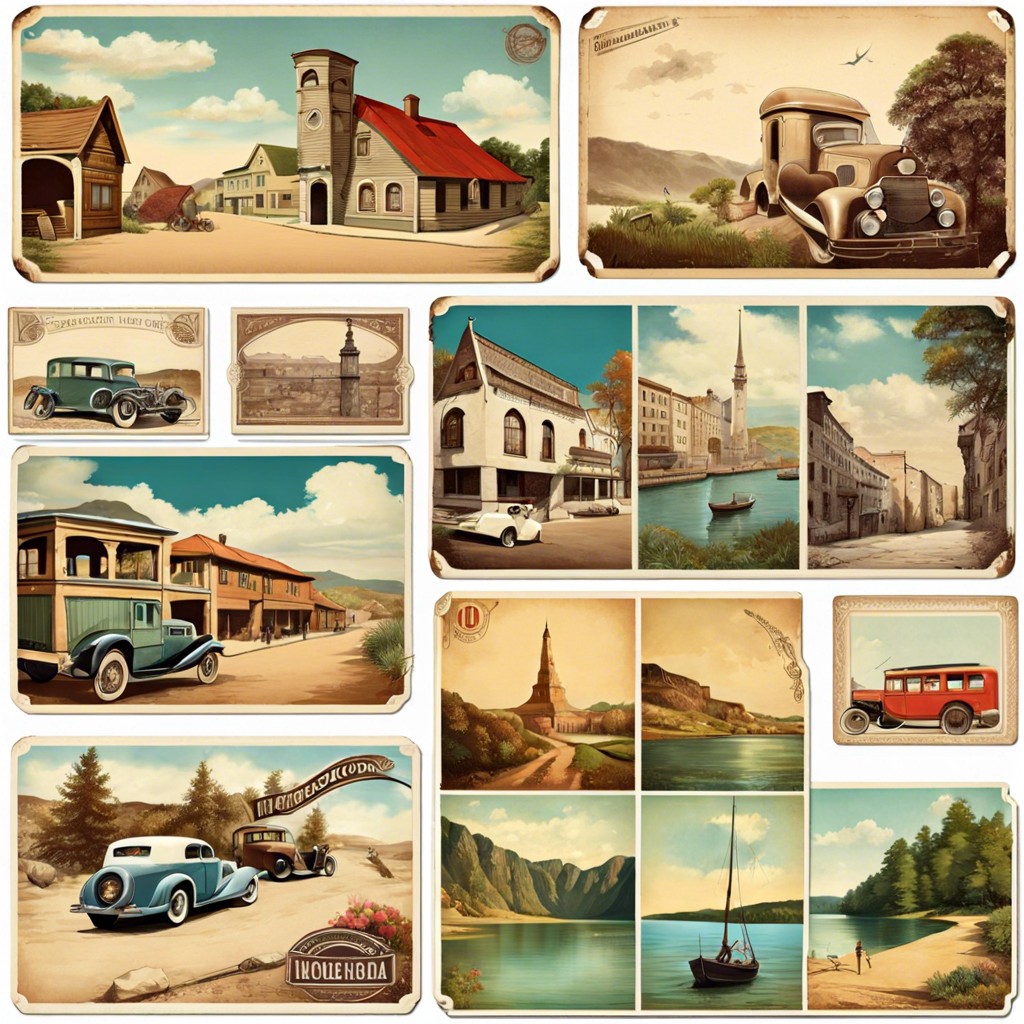
Starting a collection can feel like piecing together a jigsaw puzzle—a joyful challenge with every piece holding potential. Dive in by pinpointing what piques your interest: is it the aesthetic allure, historical narratives, or the geographical origins that draw you? Then, budgeting is key. Decide what you’re willing to spend and stick with it to avoid a financial crunch.
Do your homework. Brush up on the grades of condition from mint to poor, so you can discern a diamond in the rough from a dud. Networking aids greatly; connect with fellow enthusiasts and experts. They can offer golden nuggets of wisdom and tip you off to the best haunts for finding these paper treasures.
Next, consider storage and display, because even paper has enemies—light, moisture, and time. Acid-free albums or sleeves are your arsenal in this battle. And remember, don’t rush. Patience is a virtue in the hunt for these whispers of the past.
Lastly, immerse yourself in the narratives behind the images and scribblings. Each card carries a story, waiting to be part of the tapestry you’re weaving. Enjoy the thrill of the chase, for sometimes the stories you uncover are worth more than the cards themselves.
